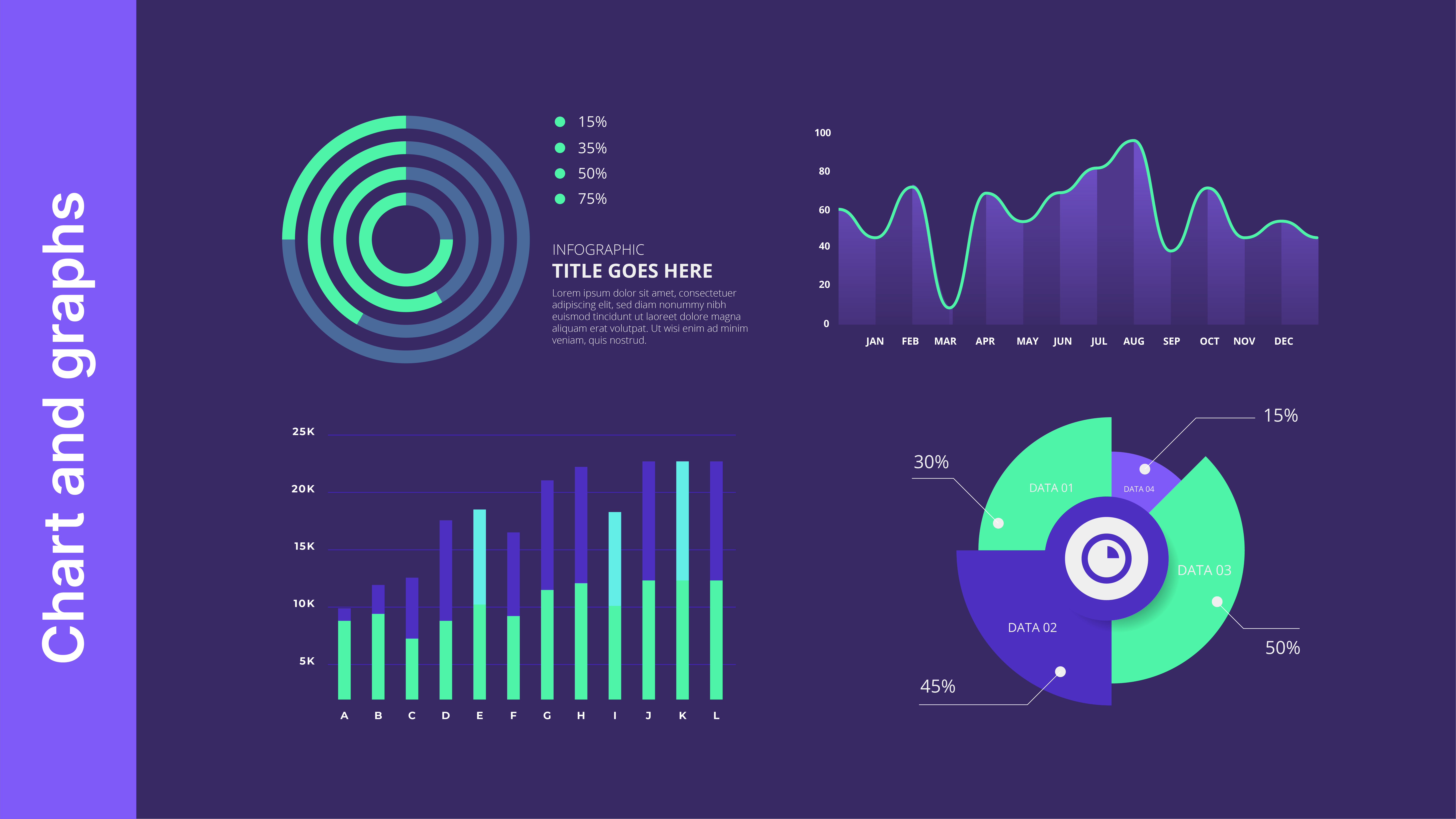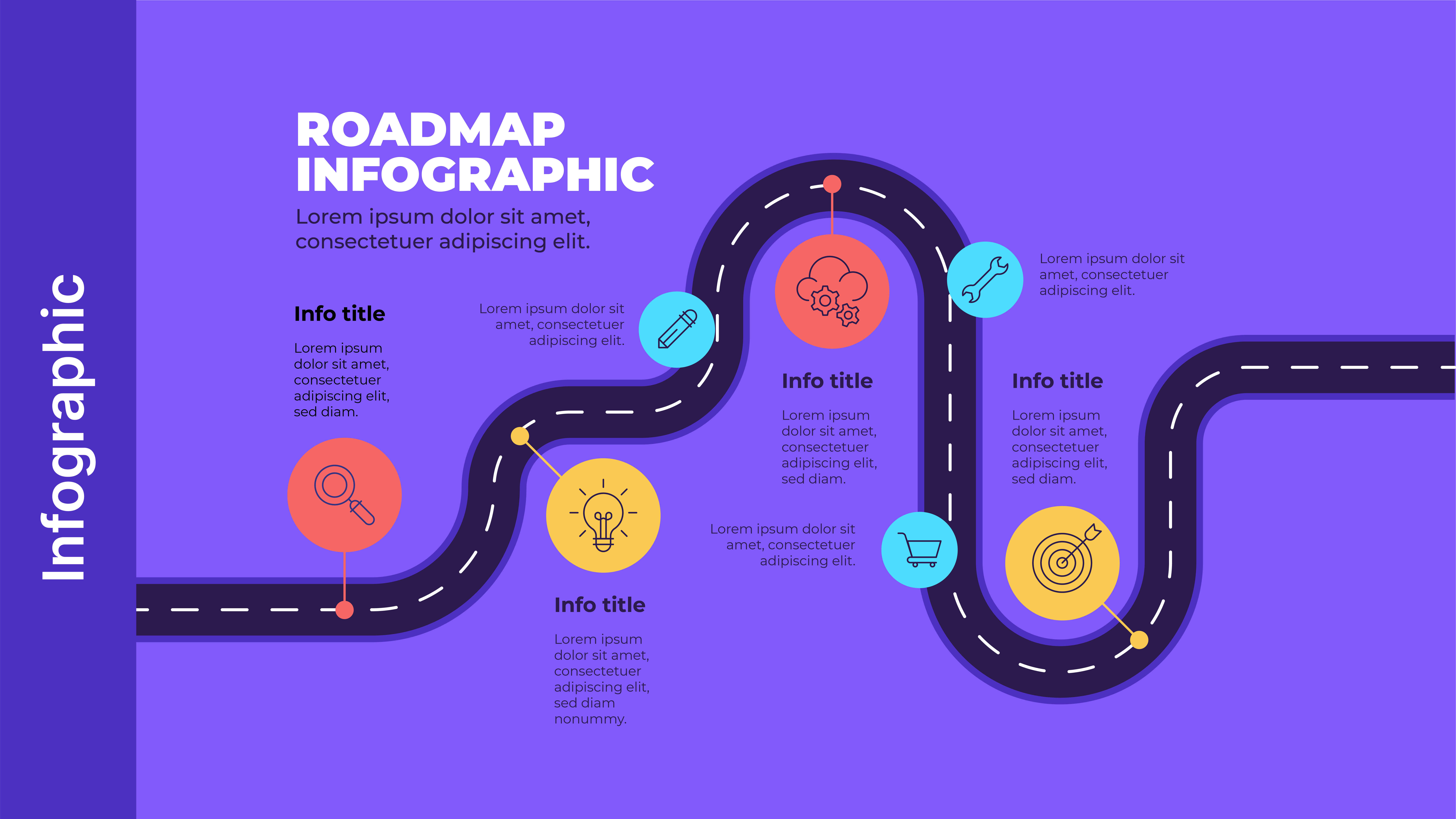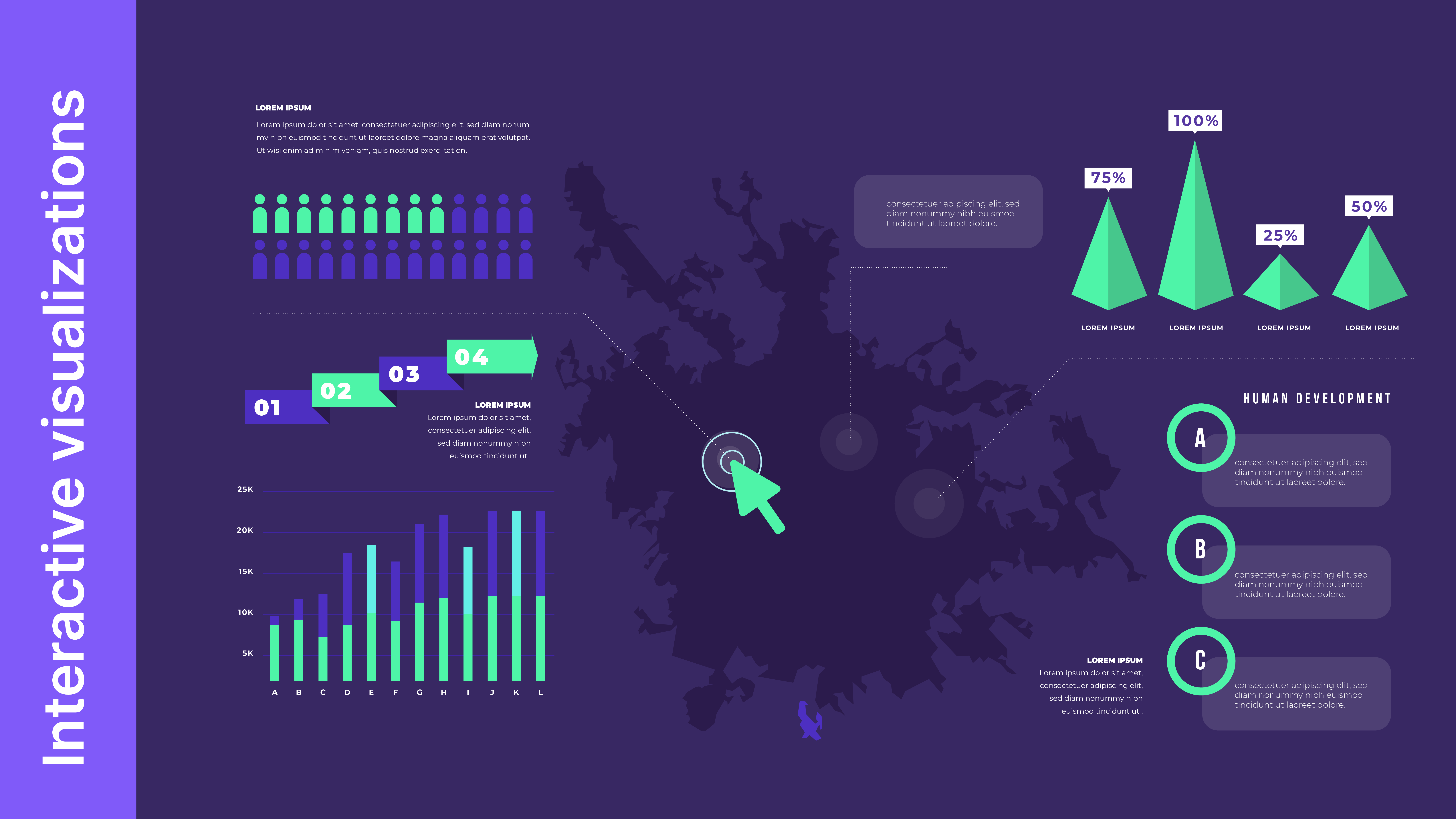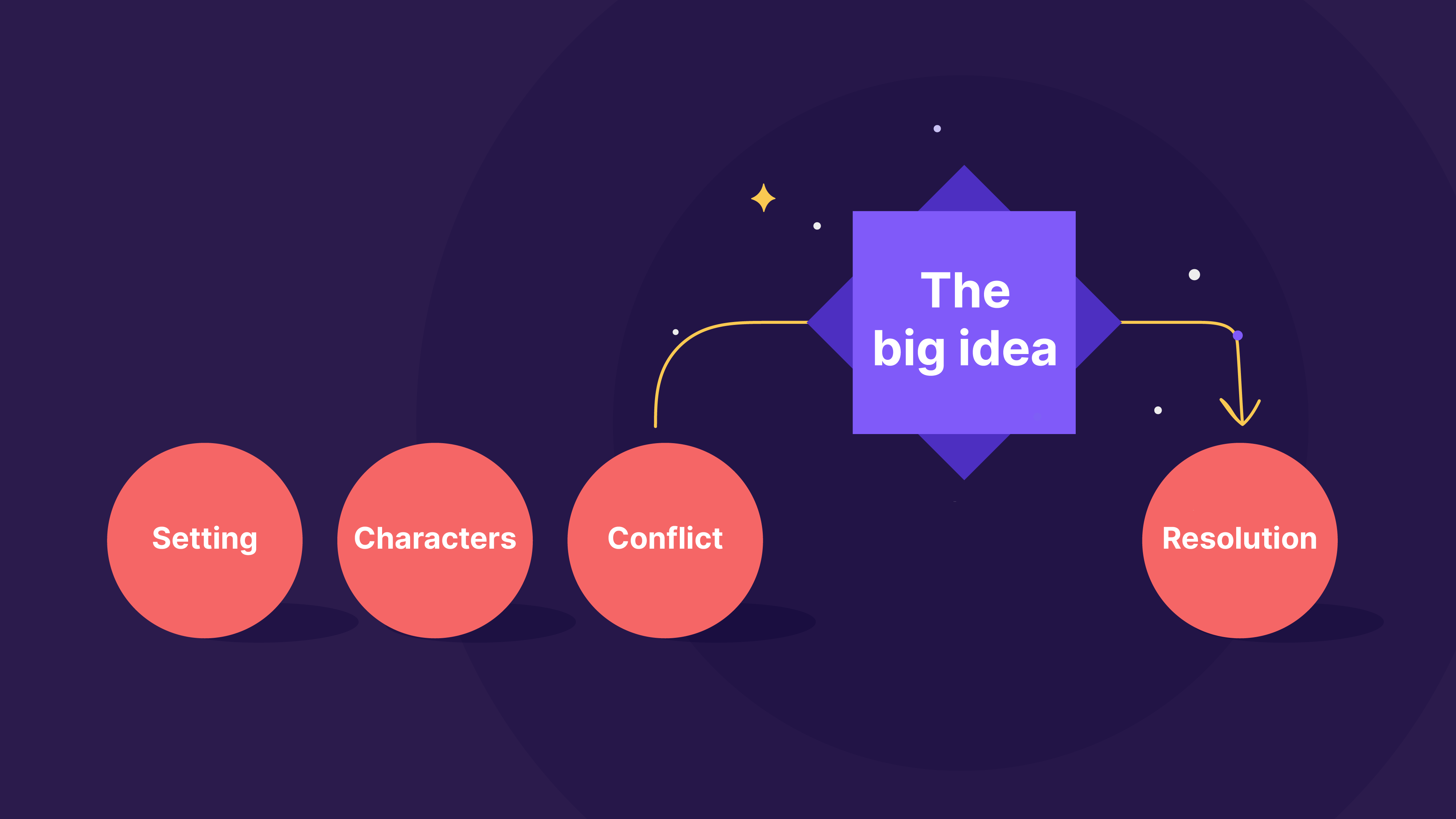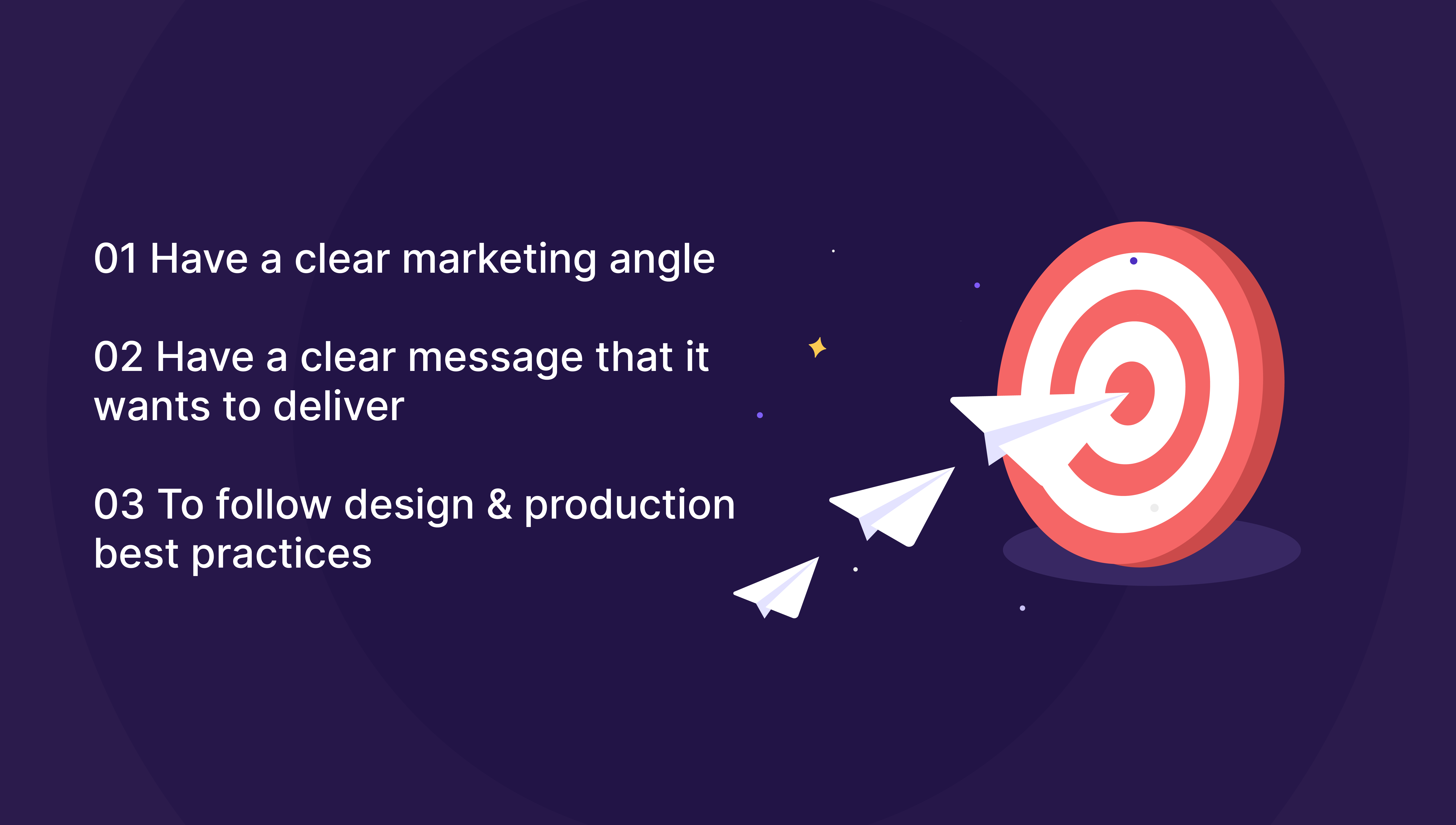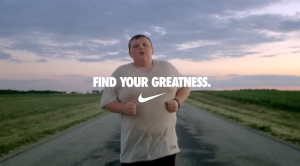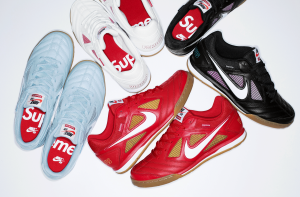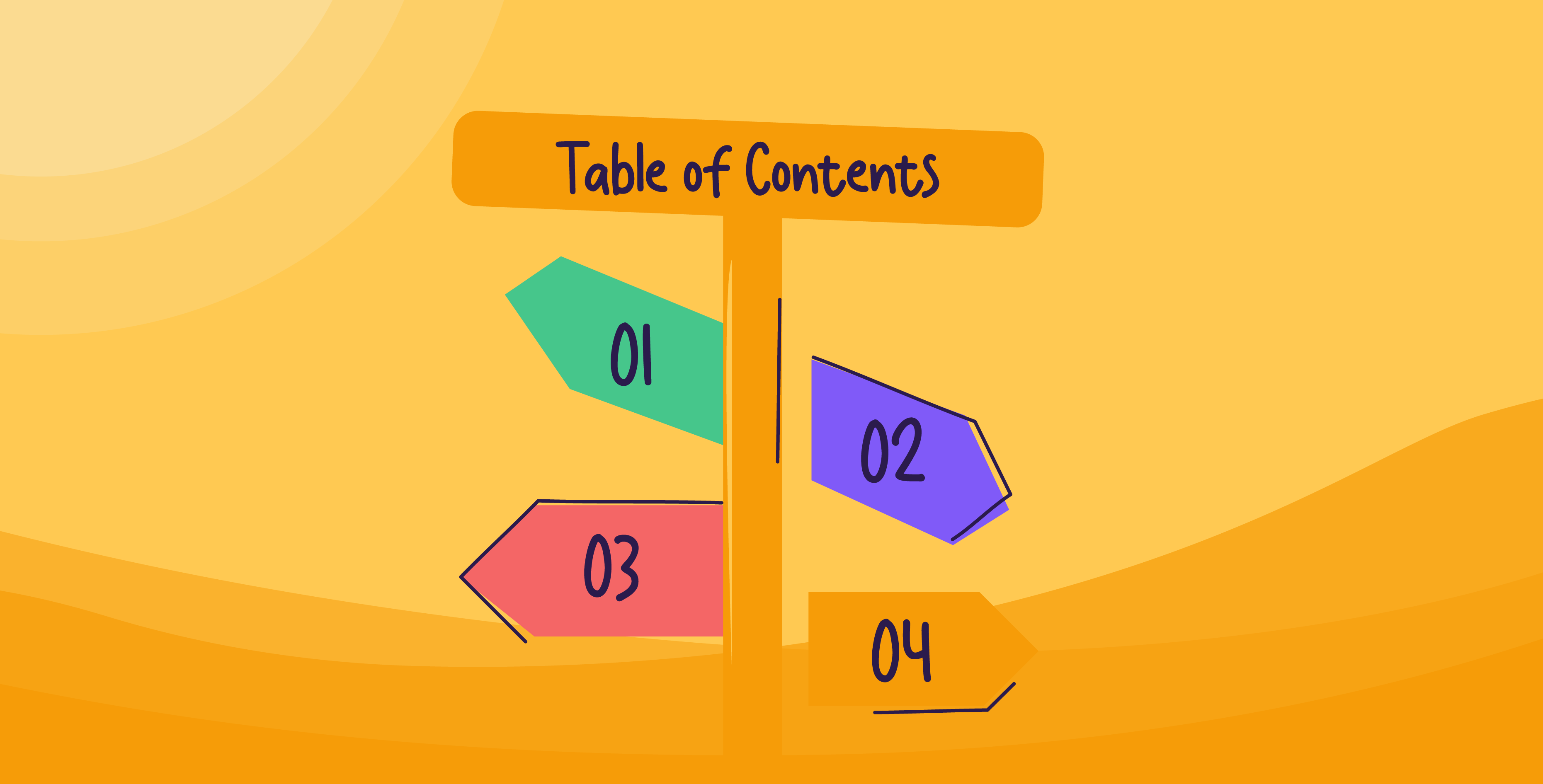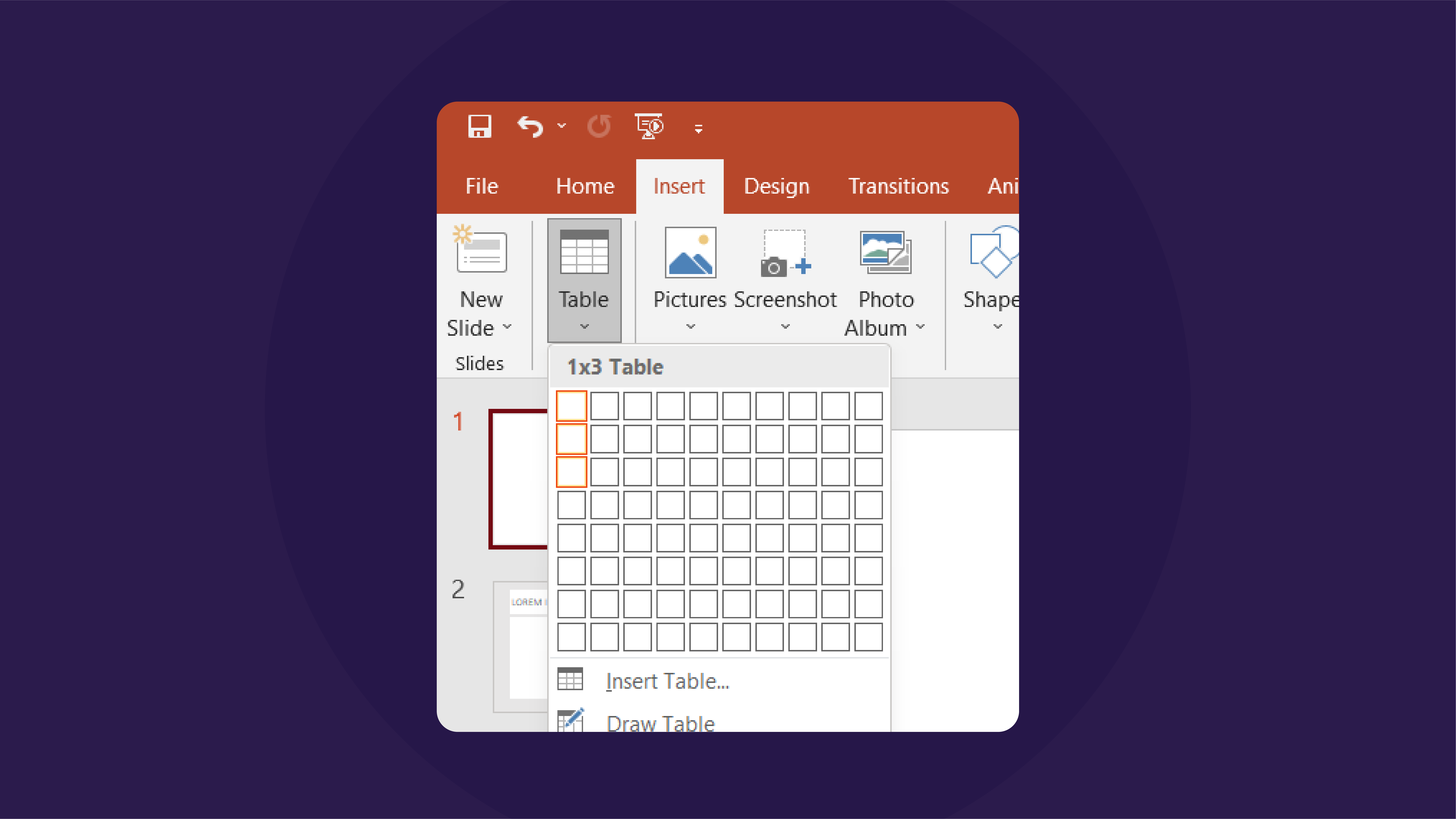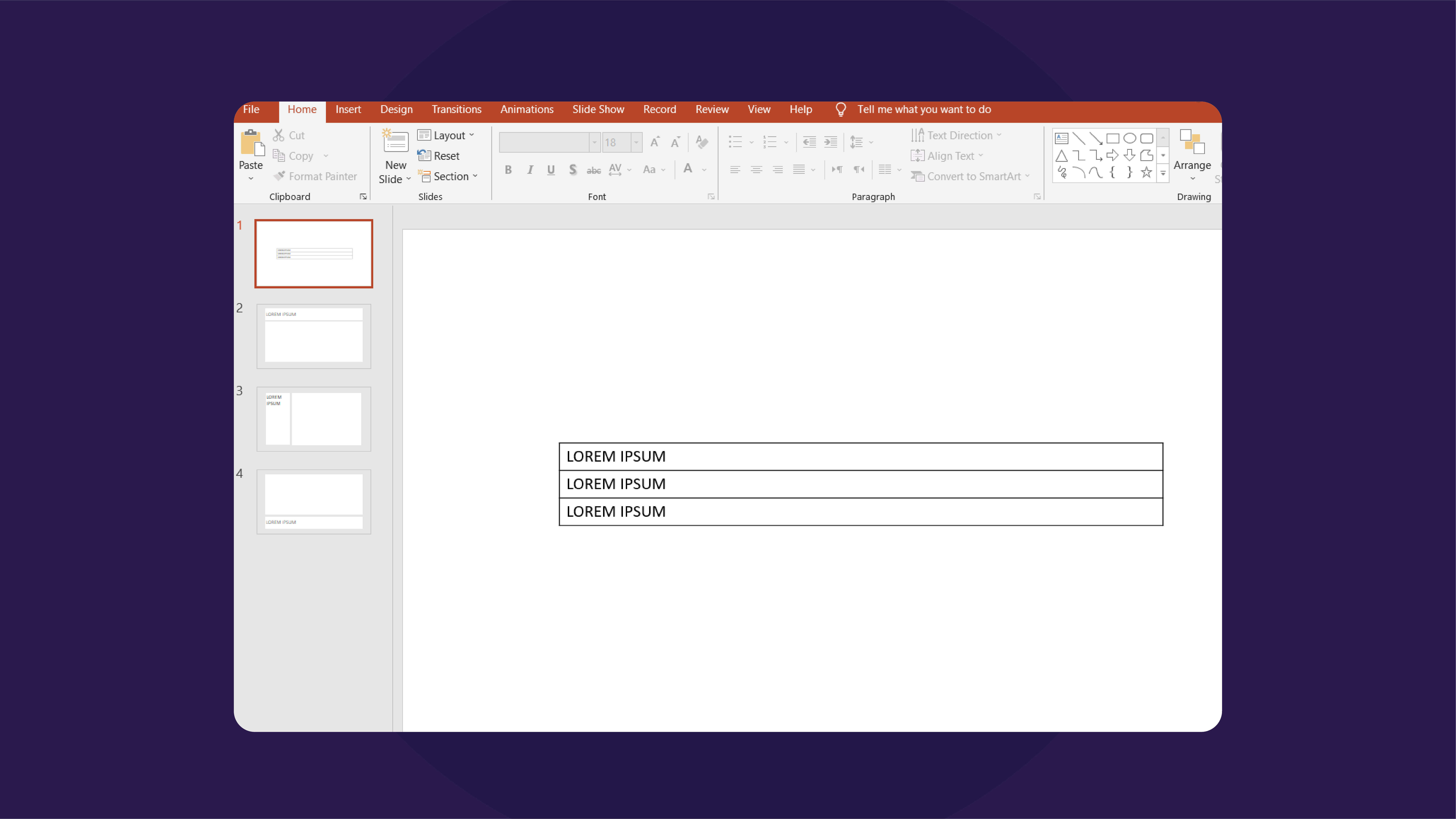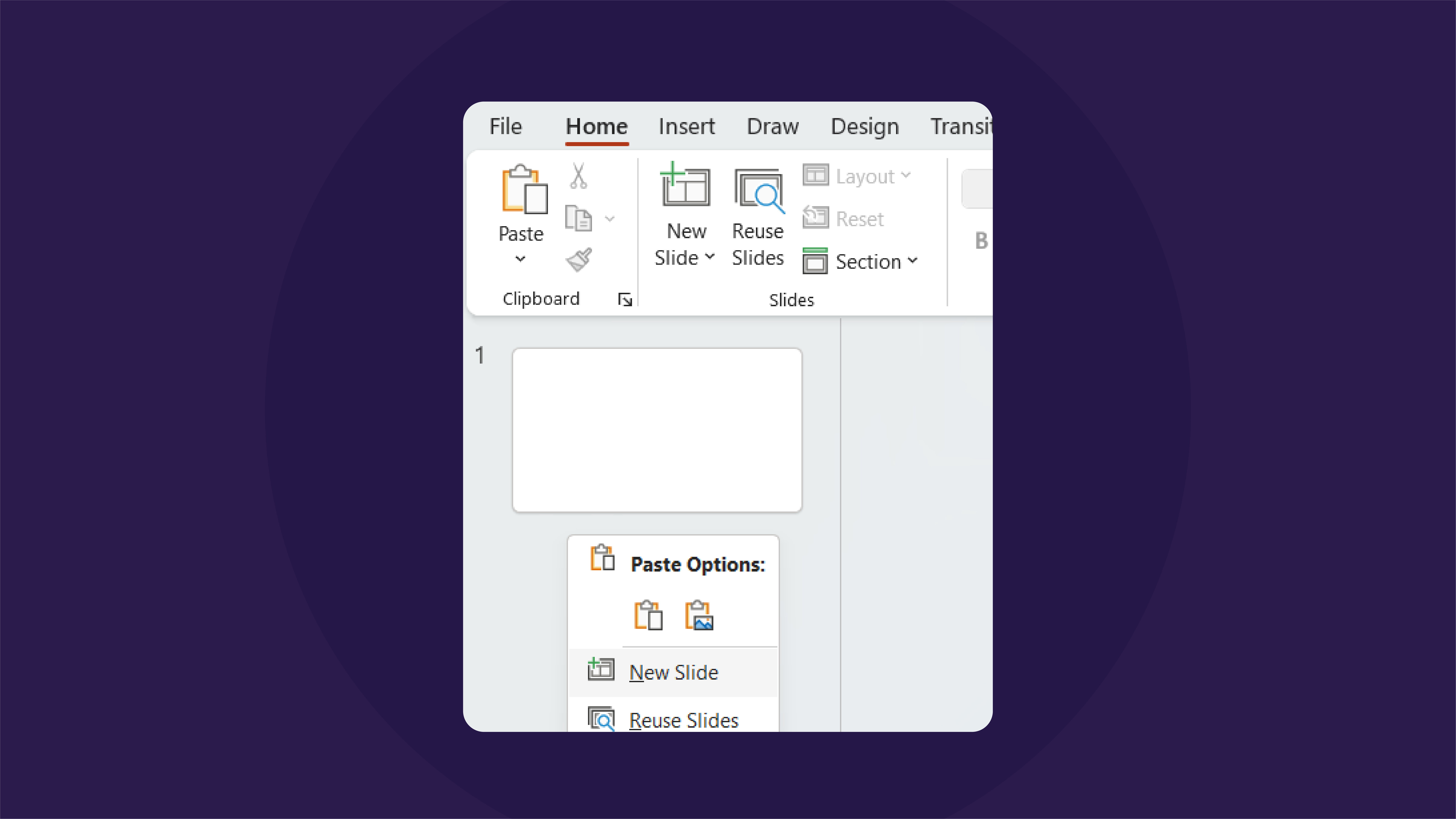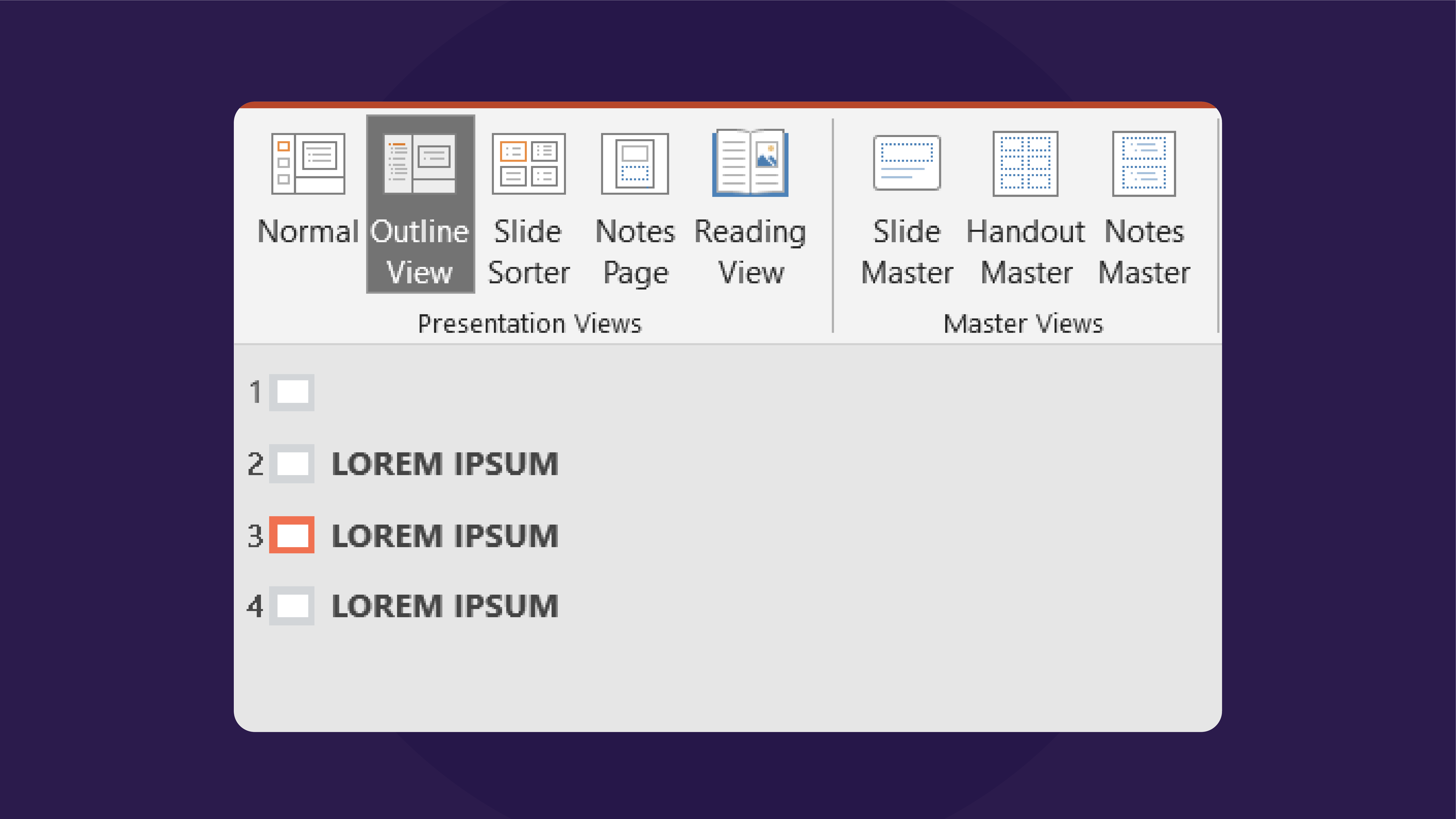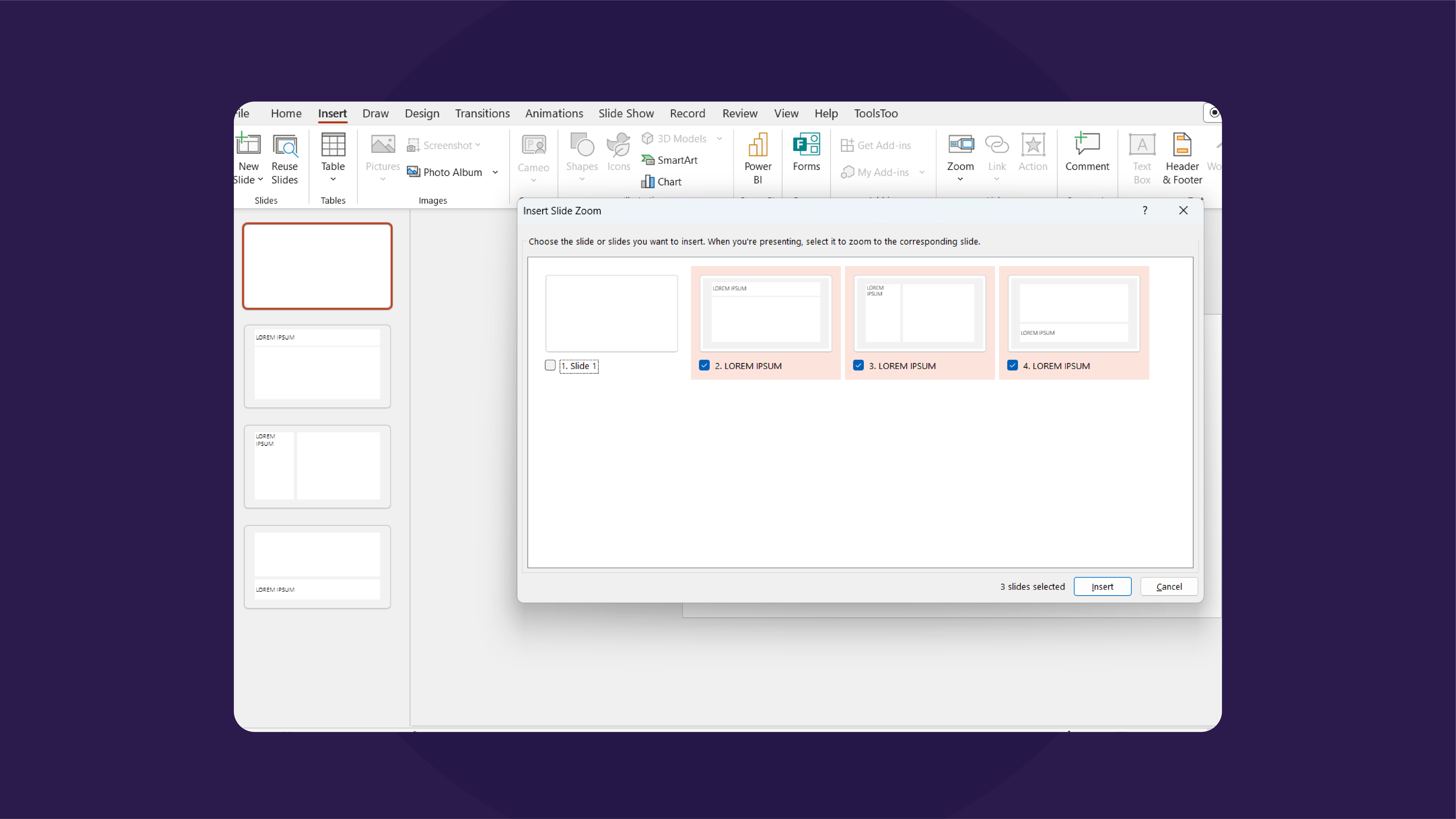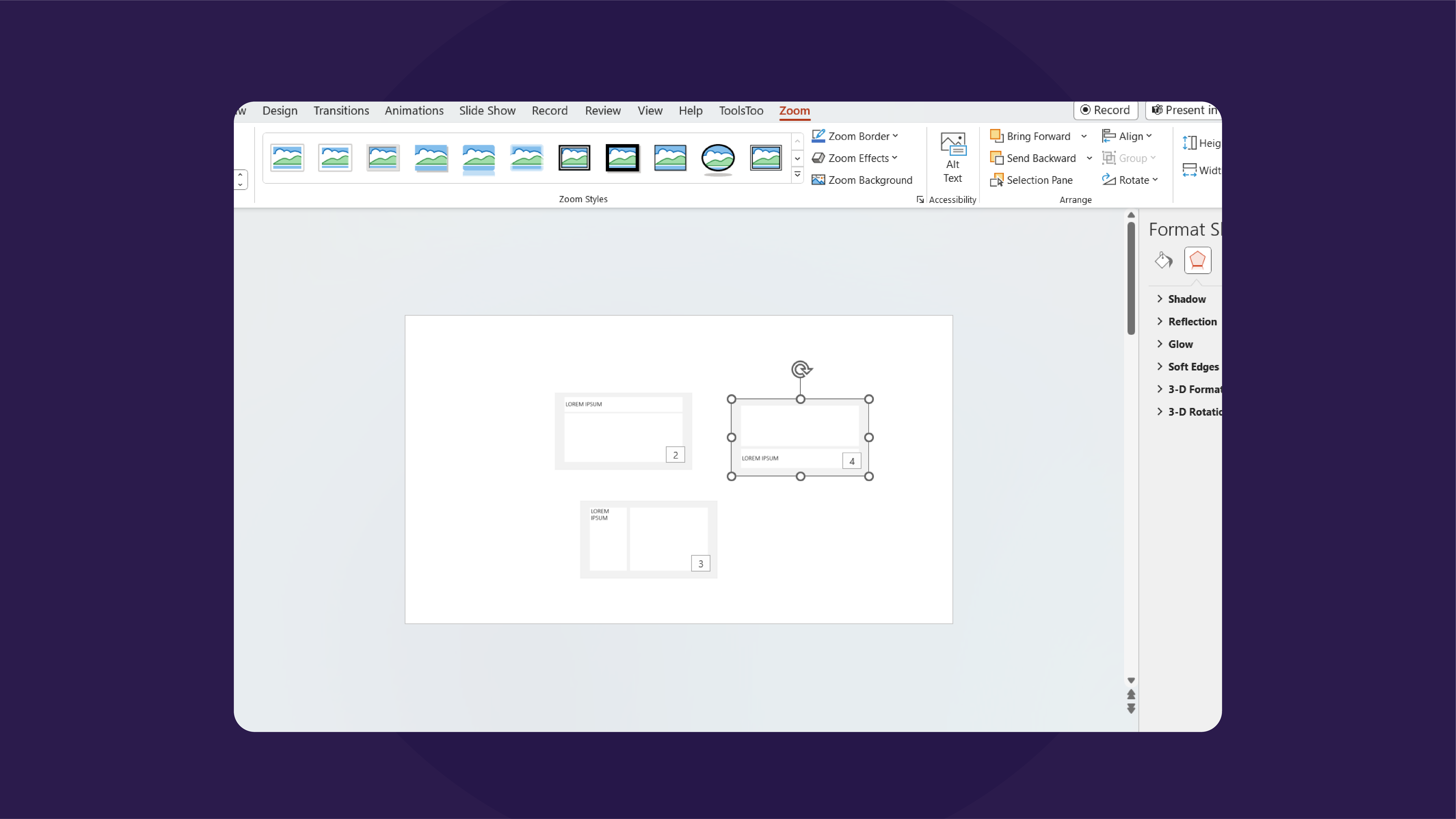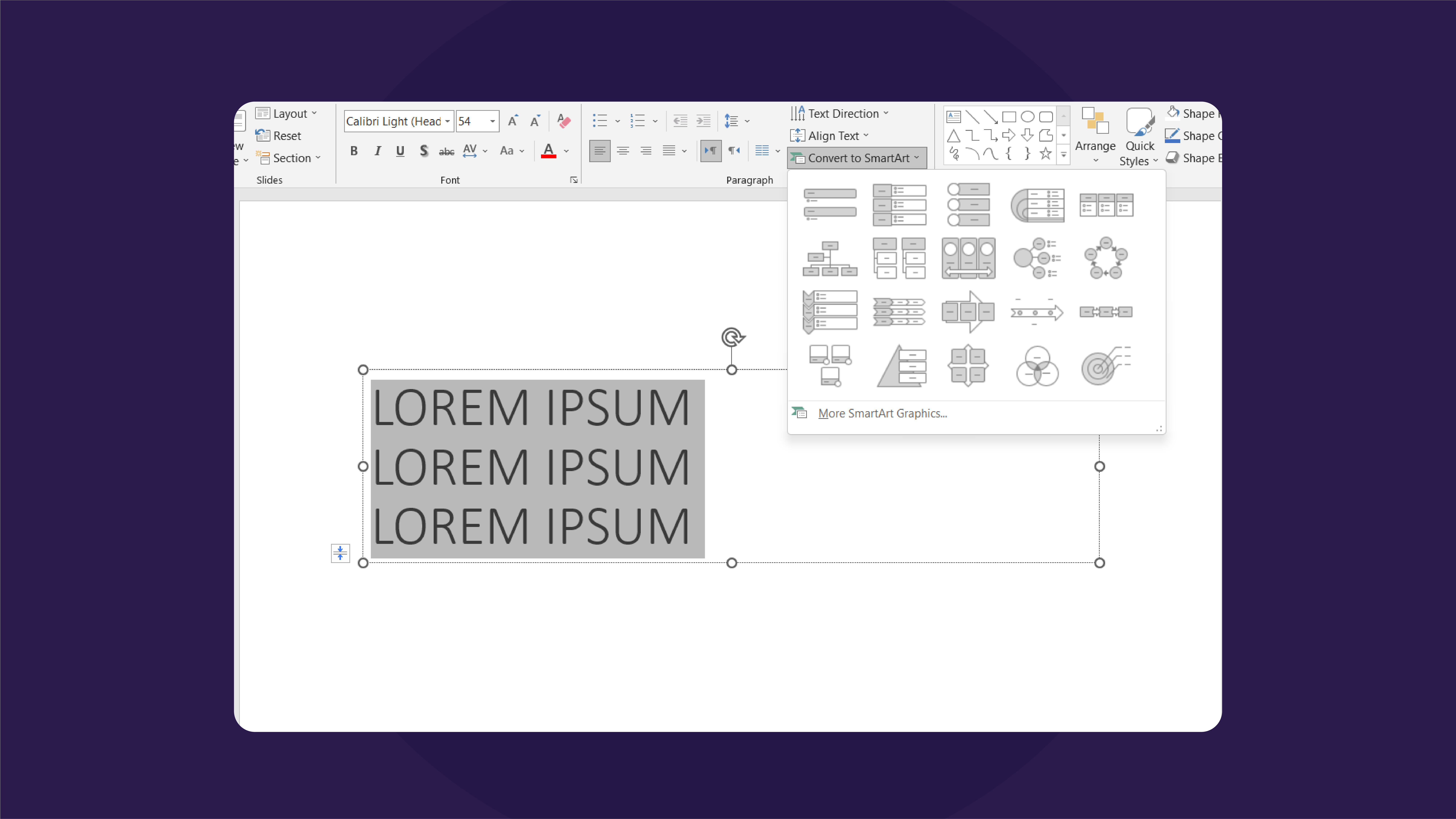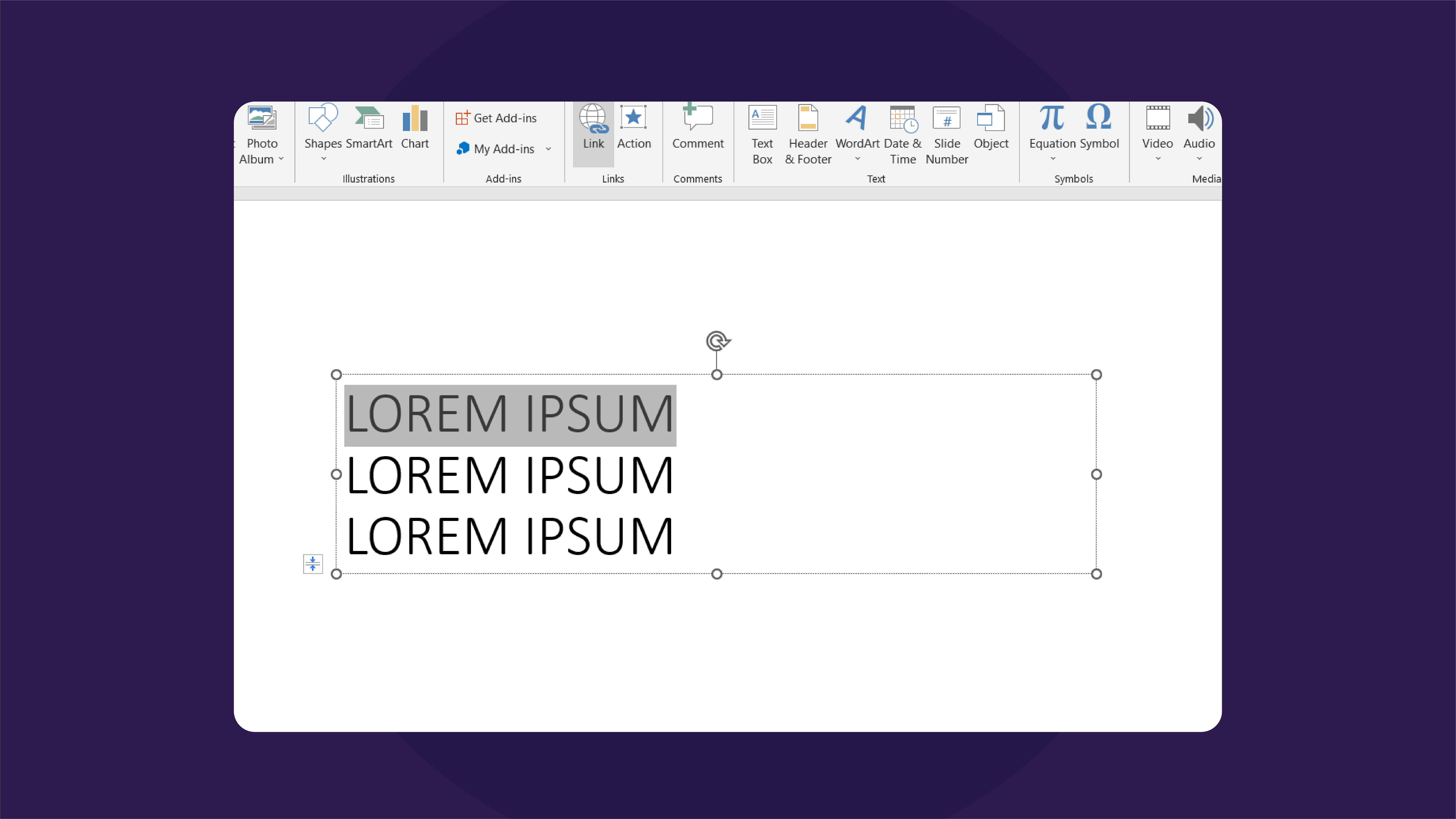What if we told you that some of our favorite presenters are actually famous comedians? Comedians possess a remarkable skill that goes beyond making us laugh. After all, they manage to hold an audience’s attention for an hour with nothing but their wit and charisma. They are master presenters in their own right, powerful orators, and public speakers who know how to keep an audience on their toes. So, what can we learn from these professional jokesters?
Comedians as presenters
Comedians have a special skillset that goes beyond eliciting much-needed laughter; they know how to use humor, storytelling, and perfect timing to build a connection and create an immersive experience. By observing how these talented comedic virtuosos employ their techniques to entertain and engage, we can learn a thing or two about presenting our own stories. Their interesting approach to communication and public speaking, infused with authenticity and charisma, leaves a lasting impression on all audiences.
Understanding the role of a presenter
Before we begin to explore all the ways comedians can make us better speakers, we first need to understand the role of the presenter. They are not just mere messengers; they are storytellers and motivators. Presenters are given the tough task of igniting inspiration in the audience through their delivery and conveying important information at the same time. And like comedians, they need to connect with their audience to create a memorable experience.
Case Study: Bo Burnham
Bo Burnham is considered one of the first viral YouTube sensations, and his creative approach to performing perfectly proves why. Using a brilliant combination of humor, music, and storytelling, Burnham weaves in personal stories and fearlessly explores various topics in his live shows. By playing on the audience’s emotions, he can use his authenticity to encourage embracing vulnerability.
Furthermore, he infuses his live performances with multimedia elements, playing around with the lighting, sound effects, and even adding musical interludes. This clever use of multimedia adds an immersive touch to his live performances, making them a memorable and resonant experience for his audience.
Case Study: Hasan Minhaj
Hasan Minhaj stands out as a true orator, effortlessly blending passionate speeches with razor-sharp wit. As a former Daily Show correspondent and host of his own show, Patriot Act, he knows how to address social and political issues while maintaining a light-hearted tone. He does not shy away from tough conversations; rather, he embraces the challenge with openness and charisma.
Minhaj’s charm comes from his ability to create a personal connection with his audience, making them emotionally invested in the stories and topics he shares. A powerful speaker, he knows how to use his voice and body language to engage audiences, keeping them on the edge of their seats and eagerly anticipating what comes next.
Case Study: James Acaster
James Acaster’s charm and appeal come from his ability to turn the ordinary into the extraordinary. With his witty observations, he is able to make the mundane interesting by uncovering its humor, which strikes a chord with the audience. He offers a fresh perspective on familiar (or so we thought) topics through jokes and delivers them with impeccable timing. His seamless flow between his jokes and stories is both unexpected and exciting, crafting a hilarious narrative that ensures that anyone listening is hanging onto his next words.
Transferring stand-up skills to the presentation stage
Drawing inspiration from the captivating sets of past comedians, we can recognize the level of their public speaking prowess. Aside from eliciting laughter, they are also masters in storytelling and engaging their audiences. Let us delve deeper into their techniques and see how we can use them in our own presentations.
Timing and delivery
It’s all about delivery and timing! Not just in comedy but also in presentations. Knowing when to pause, when to speak, and when to emphasize all impact how a message is received. Learning to command attention with your voice and body language injects energy and drama into your delivery, making it more impactful. Also, the key here lies in authenticity and being genuine; timing your delivery will tend to come naturally.
Storytelling and narrative techniques
Storytelling is a primary component of many comedic sets as it engages listeners emotionally. Comedians are skilled narrators who take their audiences on an entertaining journey in their sets, making them think, laugh, or cry. They are able to use narrative techniques such as sharing anecdotes, calling back to an earlier idea, characterization, and others to turn mundane stories into memorable experiences for the audience. By incorporating these techniques to tell stories throughout your presentation, an emotional connection is established with the listeners.
Use of humor and wit to retain attention
And of course, humor is a powerful tool that can improve any presentation and lighten the mood. For example, the comedians we mentioned use humor to simplify or poke fun at more complex ideas, leading the audience to connect more with the message. In presentations, humor breaks the ice to create a more relaxed atmosphere, and when people are feeling easygoing, they are more receptive to absorbing new ideas and information. Plus, humor helps build rapport and trust, as well as making the presentation more enjoyable overall.
Presenting is a nuanced art form that blends together language, emotion, and connection. Comedians have an unparalleled ability to grip an audience and offer us a masterclass every time they take the stage. From perfect timing and passion to observant humor, they demonstrate how a successful presentation lies in creating genuine connections, authentic storytelling, and, of course, a sense of humor.





